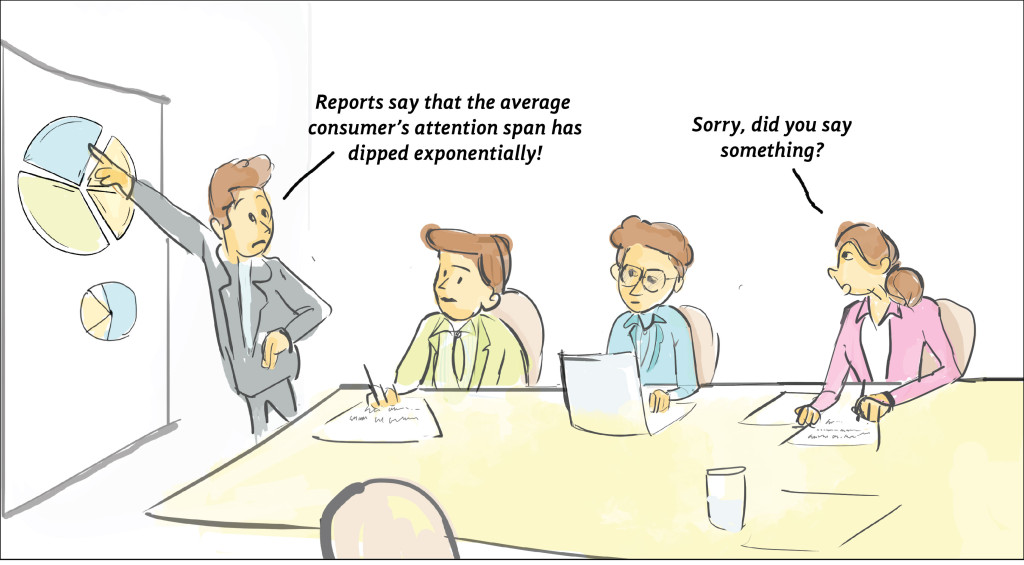
All it takes is 2 easy steps
If you're a winner, we will send you $100 Amazon gift card at Dreamforce!


With dwindling customer attention span and so many brands vying for customers’ mind space, how can an organization formulate a Customer Engagement Strategy that fetches them customer’s loyalty?
Most organizations manage their customer data using Customer Relationship Management (CRM) platforms like Salesforce, Zoho etc. Therefore, it is imperative that a Customer Engagement Strategy is skillfully woven into the CRM with the aim of nurturing, engaging and retaining customers.
Texting has emerged as one of the most potent mediums for reaching out to mass audience and convey quick and concise information in the shortest possible time. Research says that it takes an average person 90 minutes to respond to a mail whereas it takes him only 90 seconds to respond to a text message. Therefore, the reach and the connect of a text communication cannot be ignored.
With a Texting application embedded in your CRM, you can send bulk texts, trigger automated text drips, receive feedback and craft an engagement strategy that helps you remain at the top of your customer’s mind space.
Let’s look at the different ways in which you can leverage text marketing to woo your customers:
It is important to send a speedy acknowledgment to all your customers every time they engage in a transaction with you. For this, you can easily configure workflows and set up automation within your text communication application.
For e.g. Working with banks and other financial companies involve submissions of countless forms, documents etc. These organizations need to communicate the status of various transactions to their customers. Although a customer care executive can reach out to a customer at all stages of the product lifecycle, it is a cumbersome process and one that lacks operational efficiency. Instead, multiple transactions can be standardized and automated texts can be triggered accordingly from the CRM. This reduces manual effort and brings consistency in all outgoing communication.
Additionally, it helps organizations to build trust amongst customers by making them feel secure about their interactions with you.
Having a loyalty strategy based on the consumer buying behavior is imperative for forging a long-term relationship and getting a positive mindshare from your existing customers.
Let’s take an example to understand this point –
A popular shopping mall, situated in a prime location of a city, has 5 apparel stores. Every time a visitor walks into the mall, the probability of this visitor entering into any one of these apparel stores is equal. In such a scenario, how can an apparel store ensure that they receive the maximum visitors?
A tried and tested marketing strategy can work wonders in this case. All the visitors-turned-customers who make purchases over a specific amount can be requested to fill a ‘Loyalty form’. Loyalty forms attract the customer because of the ubiquity of the following question:
Would you like to be exclusively informed about a pre-sale preview?
This is one incentive that most customers would not want to miss. Pre-sale previews carry a perception that a selected audience gets the best bargains. The store can build their database from such loyalty forms. Before the next preview sale, the store can conveniently use the bulk messaging feature in their CRM to communicate with the selected segment of customers. This will not only delight the customer but will also ensure that the next time the customers are at the mall; they make a beeline to this apparel store.
Taking a cue from the above example, you can also do the following:
Organizations need to communicate important real-time information with their stakeholders. The communication will carry no value if it’s not delivered at the right time. Therefore, using texting to share time-sensitive alerts and notifications helps in building a positive brand value for organizations.
Let’s take the example of Julian, a Course Coordinator at a premier educational institute. The institute offers several weekend courses for working professionals. These courses are attended by senior managers and heads of departments from various organizations. Many times, the lectures are delivered by international faculties. Julian usually spends his Friday’s coordinating with various faculties for confirming the class and informing the participants on the same. In case, there’s a cancellation, Julian has to call up each and every participant. For those participants, who don’t answer the call in one go, Julian has to reach them multiple times.
As the number of lectures and students increase, it becomes very challenging for Julian to call and update all the relevant stakeholders. It so happened that on a Friday, when Julian was making calls for informing about a rescheduled lecture, one participant could not be reached. That participant turned up for the lecture over the weekend only to find that the class had been canceled. He was extremely upset and it took Julian and his team all their might to pacify him. With social media becoming a very easy channel to blast one’s grievances against an organization, Julian knew he had to do something to avoid such scenarios in future.
Julian synced a texting application in his CRM in order to relay such time sensitive information. With texting, Julian is now able to reach his entire database in no time.
Although communicating with your customers periodically is important, it is equally pertinent that only relevant content is sent to each stakeholder. Your customers will take your texts seriously only if you send them appropriate and relevant texts.
Let’s understand this through the example of a Staffing company. For the opening of a ‘Senior Sales Manager’, the staffing team filters their database and sends texts to 5 candidates. 2 candidates respond to the text stating that they are interested only in ‘Marketing’ positions and not ‘Sales’ positions. The staffing team can directly capture the response of these 2 candidates in the CRM and in future, send only ‘Marketing’ specific openings to these candidates.
Thus, meaningfully engaging customers with relevant content at various touch points will help you build customer loyalty and amplify your brand value. With these strategies in place, you need not worry about the dipping customer attention span!

May 03, 2018

Jan 19, 2018
Stay updated on business text messaging
Text MAGIC for Demo to
USA: 36343
AUS: (61)409564682
UK & ROW: +44 7860017509
Email: care@sms-magic.com